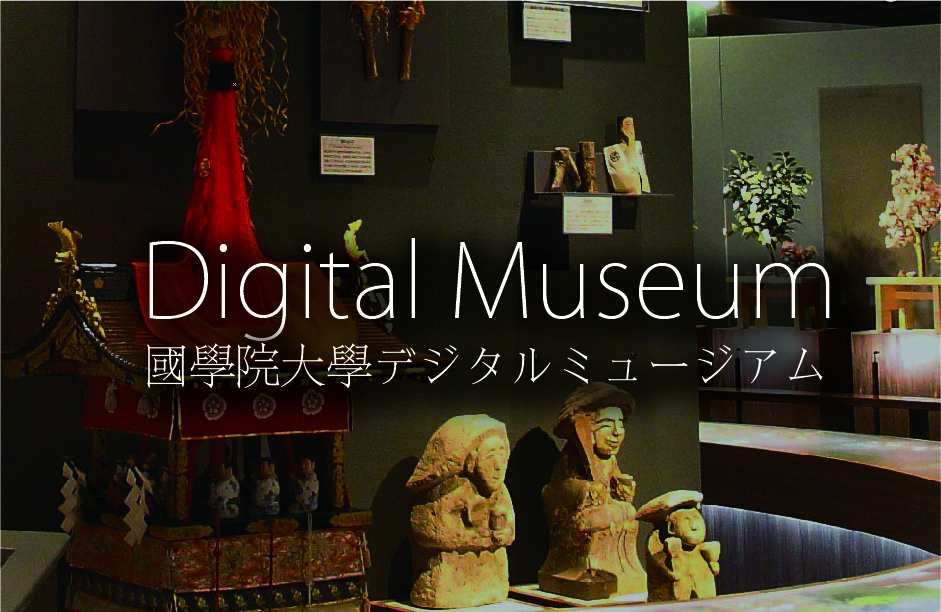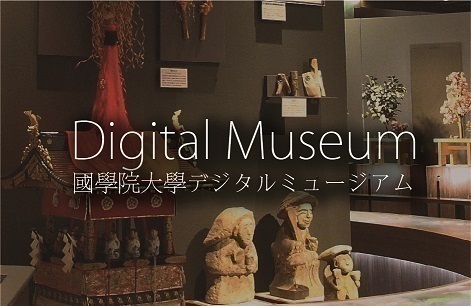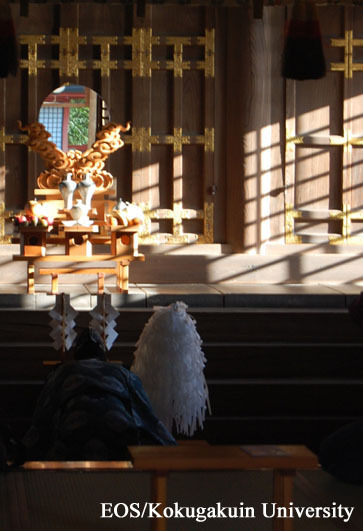- トップ
- Encyclopedia of Shinto
- Kagami
Encyclopedia of Shinto
| Main Menu: | |
| Links: |
詳細表示 (Complete Article)
| カテゴリー1: | 4. Jinja (Shrines) |
|---|---|
| カテゴリー2: | Objects of Worship and Shrine Treasures |
| Title | Kagami |
| Text | Also written 鑑. Mirror. A device that reflects an image using the reflective properties of its surface. Mirrors may be made of copper, silver, iron, jewels, or glass, and can be found in many different styles, including round, square, elliptical, "eight-petal hollyhock" (hakkōkyō ), "eight-arch" (hachiryō), and handled. Mirrors have been put to a variety of uses in a variety of ways, depending on the era and purpose. Together with swords and jewels, mirrors have been seen as having profound religious significance and have been used in ritual since ancient times, given their mysterious ability to reflect all things. As demonstrated by the inclusion of the "Eight-Span Mirror" (yata no kagami) among the Three Regalia (sanshu no jingi), mirrors were used within ancient ritual as mitamashiro (objects in which the kami would reside), and thus also revered as objects of worship (shintai) within shrines. As the combinatory religion of kami and buddhas (shinbutsu shūgō) gained momentum in the late Heian (Fujiwara) period, the practice of etching fine line-drawings of kami or their associated Buddhist figures on mirrors developed. These images were known as mishōtai. Such images were placed in shrines as objects of worship, and dedicated to shrines by worshipers (sankeisha) during rites dedicated to the establishment of personal "affiliations" (kechien) with the deities concerned. Needless to say, mirrors were also dedicated to shrines as shrine treasures, as well as being thrown in bodies of water as part of rites of divination in cults devoted to water kami (suijin) and as implements in ground-breaking ceremonies. — Okada Yoshiyuki |






